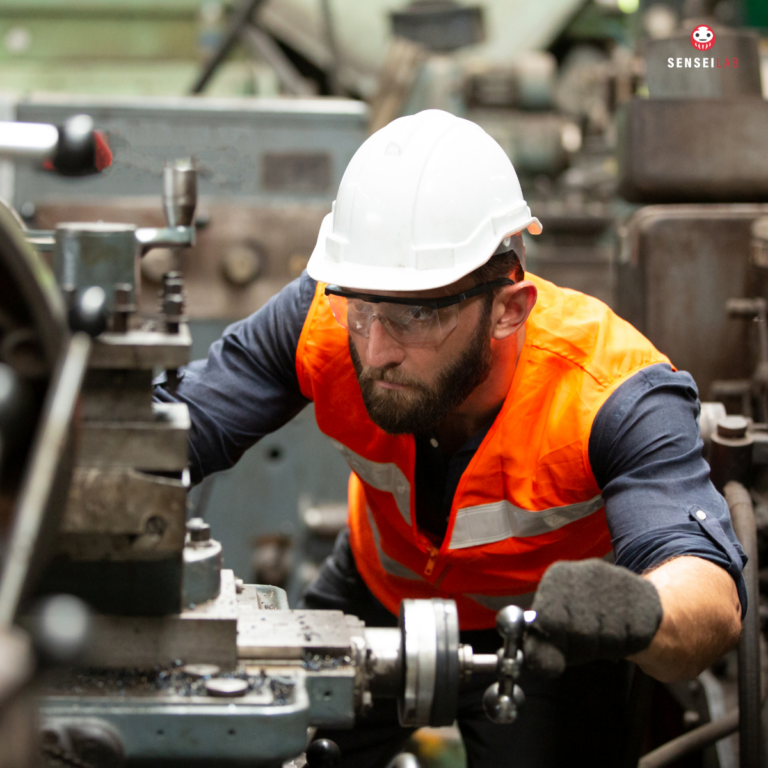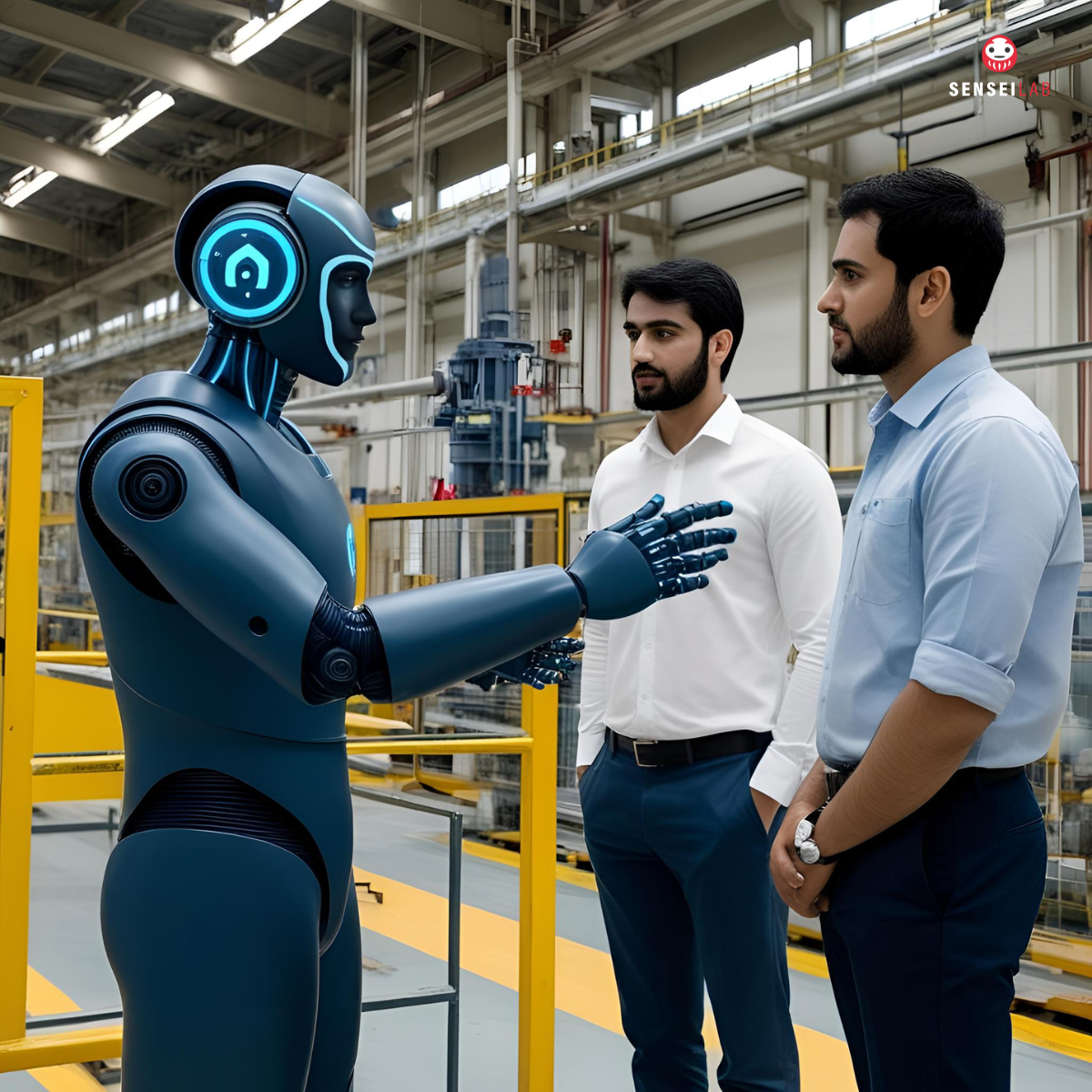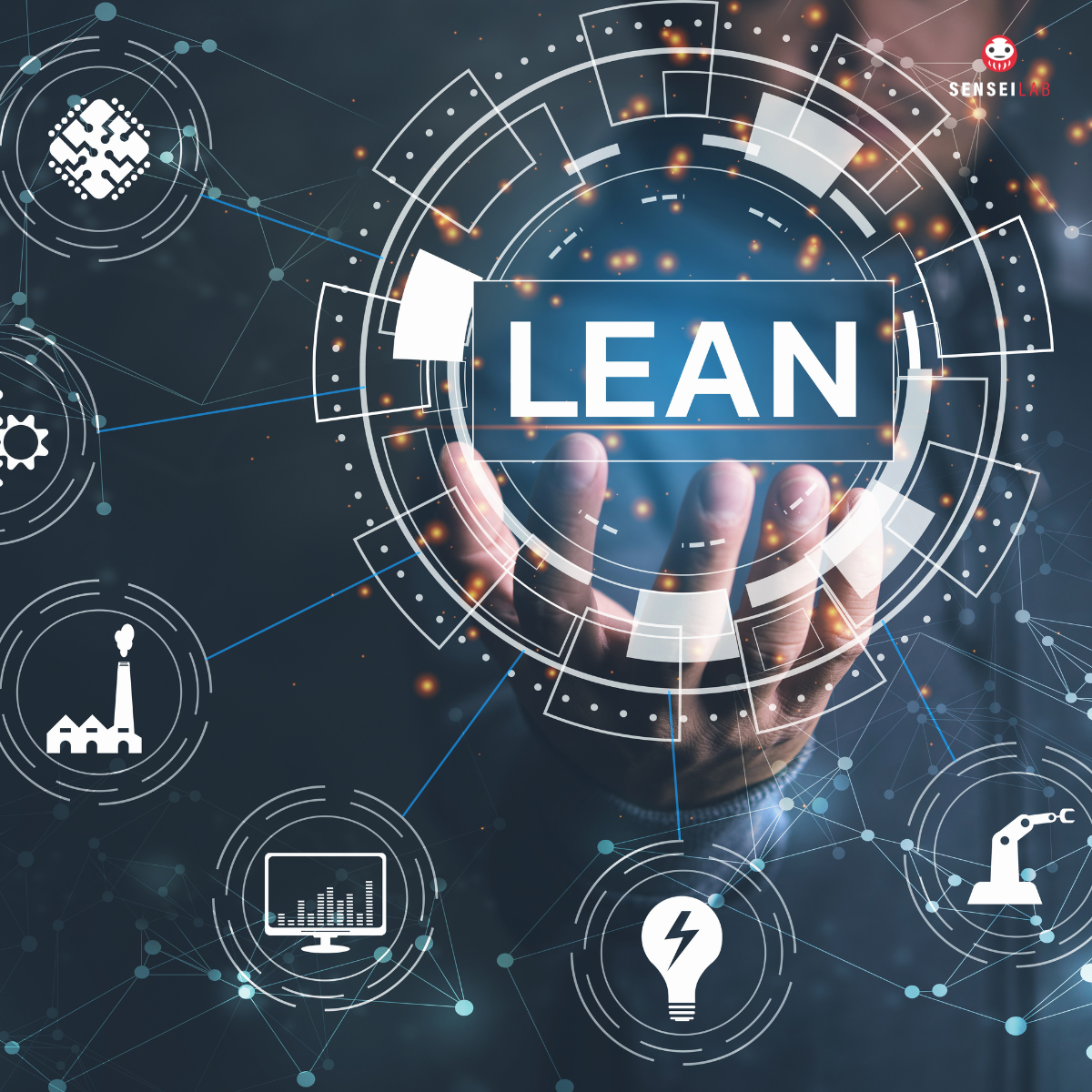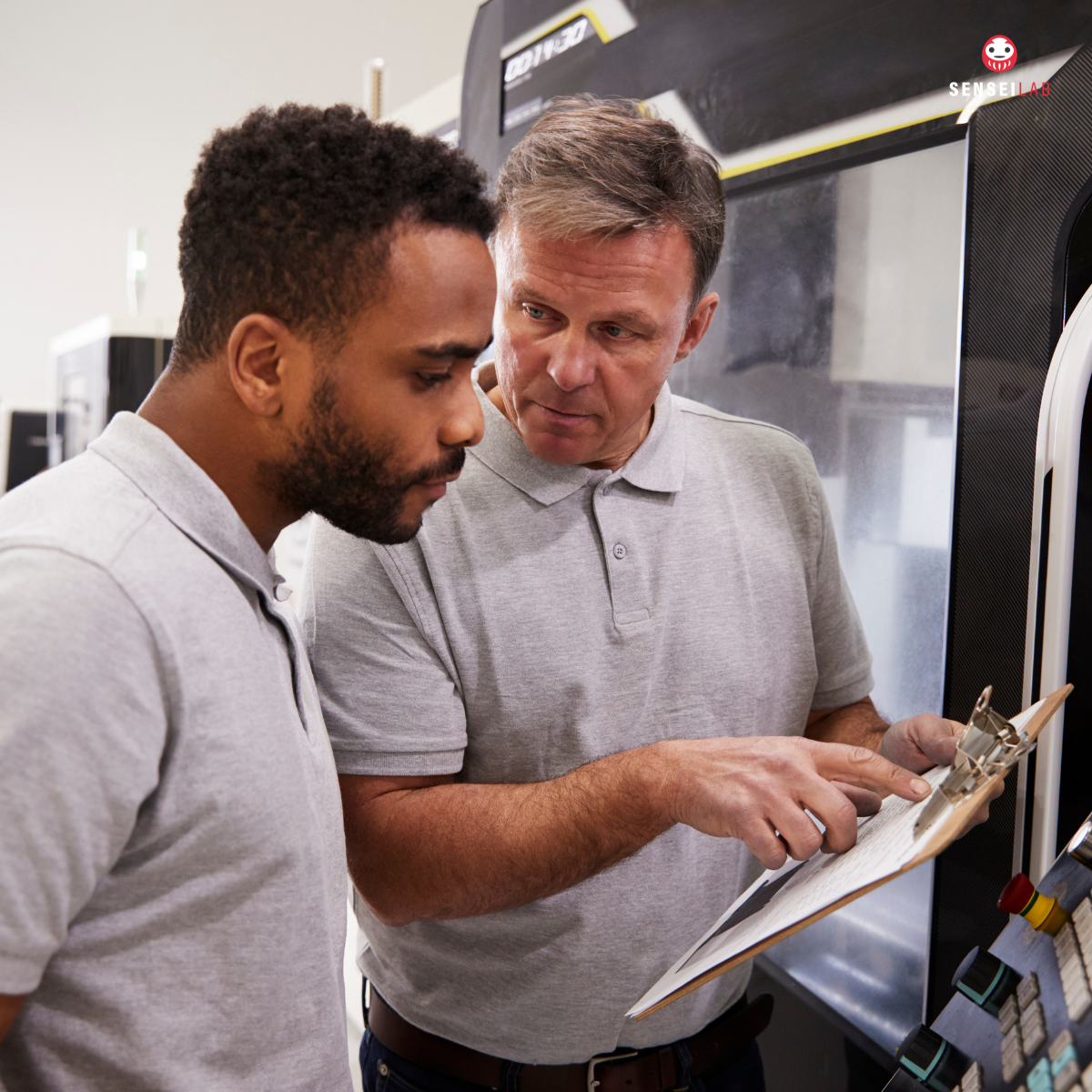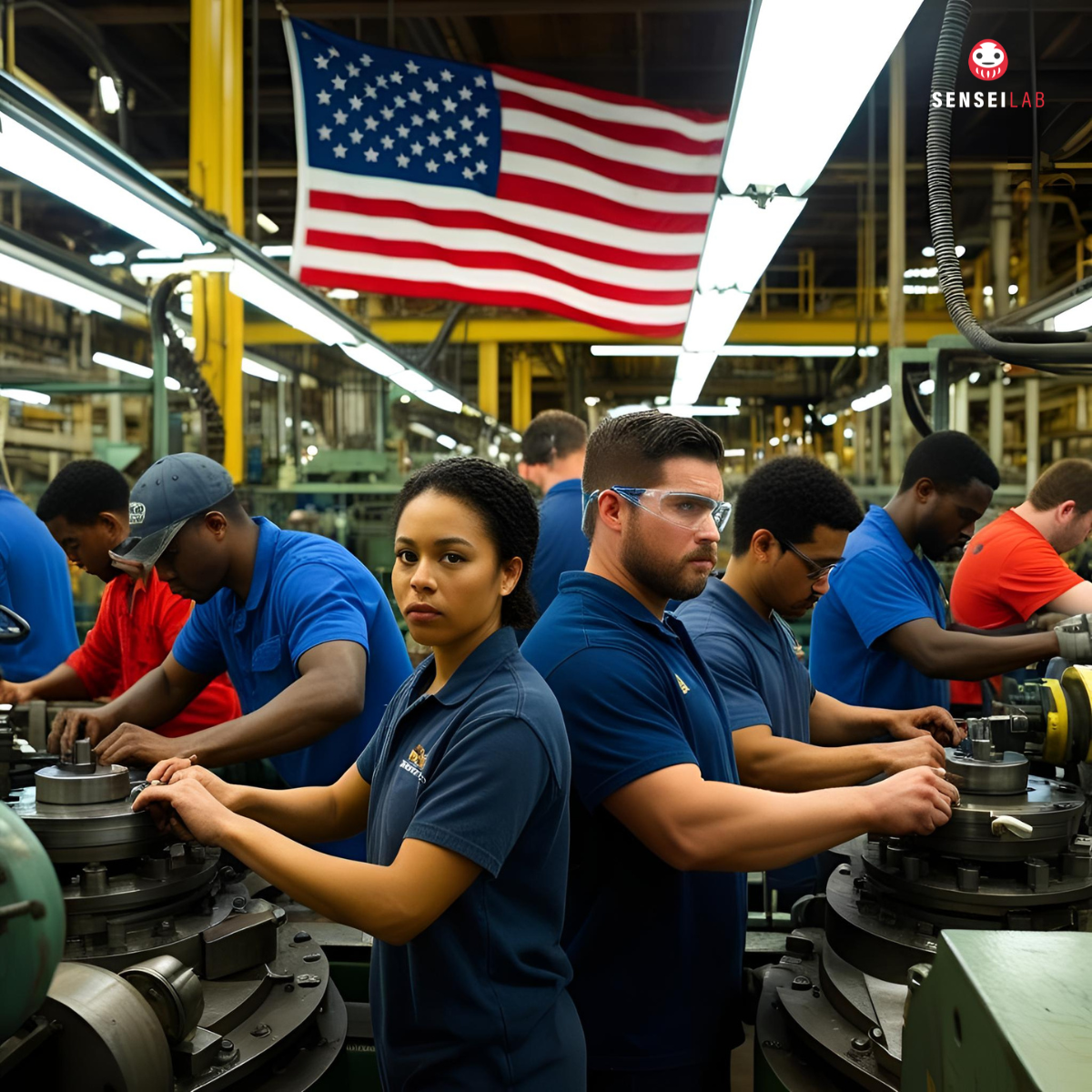Implementing a Lean mindset in small and medium-sized enterprises (SMEs) rarely follows a straight path. Resistance to change, fragmented operations, and leadership gaps form just a portion of the maze. Yet, in organizations where training is tailored to context and pursued with resilience, transformation is not just possible—it becomes inevitable.
A Peruvian plastics manufacturer offers proof. By investing in adaptive Lean interventions, downtime was halved, and productivity surged by 15%. The lesson? Standard tools are not enough. What’s needed is a shift in mindset—deliberately developed through strategic training and sustained commitment.
Key Challenges in Lean Adoption for SMEs
- Leadership Commitment Gaps
It has been observed that 63% of Lean failures stem from inconsistent executive support. Without visible, ongoing leadership involvement, improvement efforts tend to stall, leaving teams disengaged and skeptical. - Siloed Operations
Communication barriers between departments—especially production and procurement—frequently result in redundant workflows and waste. Surveys report that 41% of SMEs cite this fragmentation as a core obstacle. - Resource Limitations
Typically, less than 5% of operational budgets in SMEs are dedicated to Lean training. As a result, practices like 5S may be introduced superficially, lacking the strategic context to drive behavioral change. - Cultural Resistance
In 58% of SMEs, employees perceive Lean as a threat to their roles, often equating standardization with downsizing. This fear-based resistance undermines engagement and stifles innovation at the front lines.
Case Study: Peruvian Plastics Manufacturer
At a mid-sized extrusion plant, 30% of production time was lost due to protracted mold changes and frequent equipment failures. A tailored Lean initiative, grounded in hands-on learning, produced measurable gains:
- SMED (Single-Minute Exchange of Dies): Setup times were reduced from 45 to 22 minutes.
- Autonomous Maintenance: Operators were trained in routine checks, leading to a 60% drop in machine breakdowns.
- 5S Workplace Organization: Motion waste was reduced by 35% through workspace redesign and visual controls.
With an initial $20K investment in customized training and visual management tools, the plant realized $120K in annual savings and a 15% boost in overall productivity.
Solutions for Sustainable Lean Transformation
1. Leadership-Driven Phased Rollout
- Phase 1: Initiate micro-projects—like tool shadow boards—to secure early wins at minimal cost.
- Phase 2: Form cross-functional teams to address systemic inefficiencies such as inventory buildup.
- Phase 3: Integrate Lean KPIs into performance management systems, aligning 20% of managerial bonuses with improvement metrics.
2. Anti-Silo Tactics
- Value Stream Mapping can expose bottlenecks—such as procurement lags adding 14% to lead times—providing a shared view across functions.
- Digital Twins simulate process changes, allowing teams to visualize impacts and refine workflows collaboratively.
3. Cost-Effective, Customized Training
- Partner with experienced consultants who take the time to understand your company’s unique challenges, culture, and goals.
- Training must be tailored, not templated—focused on enabling your people to improve their processes, not someone else’s playbook.
- Augment with peer-to-peer coaching and AR-enabled work instructions to embed new skills sustainably and affordably.
- Gamified e-learning platforms can elevate engagement, with modules that award progress badges—boosting completion rates and retention by up to 70%.
4. Cultural Anchoring
- Launch “Improvement Engineer” programs, rotating shop-floor workers into kaizen roles to close the gap between theory and daily practice.
- Hold monthly “Waste Walks” where teams identify inefficiencies, and reward the best improvement idea with 1% of the savings—a small price for lasting cultural impact.
This approach was adopted by a Mexican automotive supplier, resulting in an increase in on-time delivery from 68% to 94% in just 18 months.
Conclusion
Transformation in SMEs does not begin with tools; it begins with people. And people need time, context, and purpose to change. Customized training, when reinforced by consistent leadership and persistent follow-through, plants the seeds of a true Lean culture.
The mindset doesn’t arrive overnight. It is built—patiently, deliberately—one small victory at a time. But when perseverance is paired with purpose-built learning, even the most fragmented organization can find its rhythm, its confidence, and ultimately, its competitive edge.
